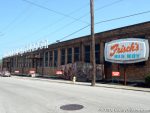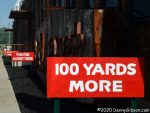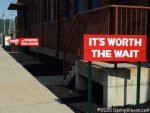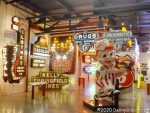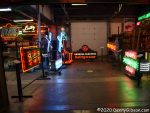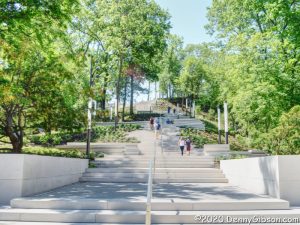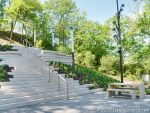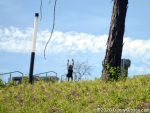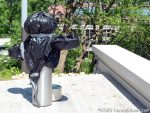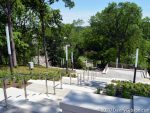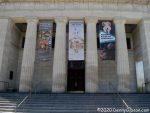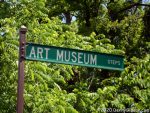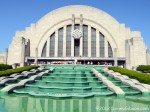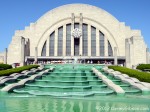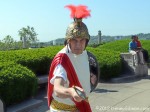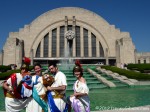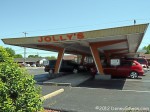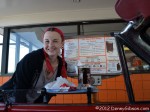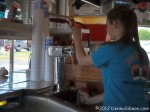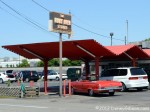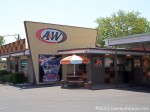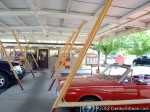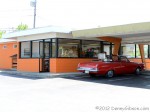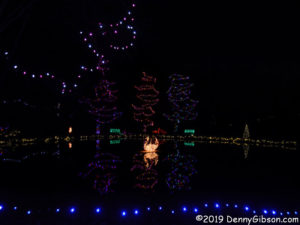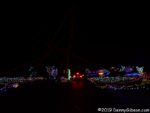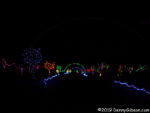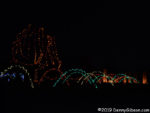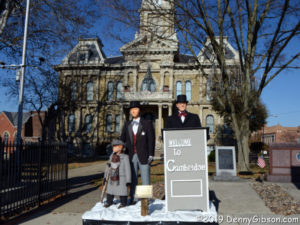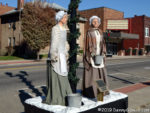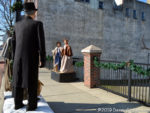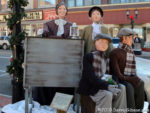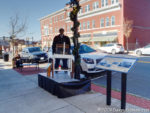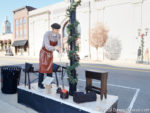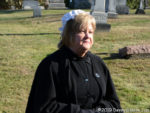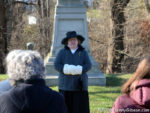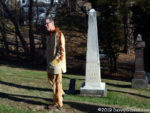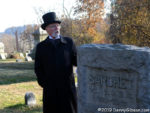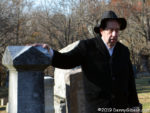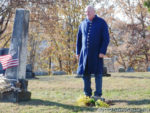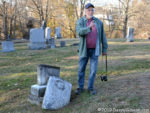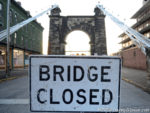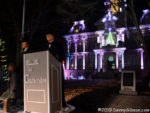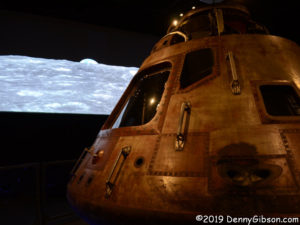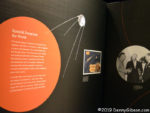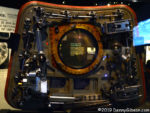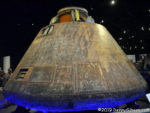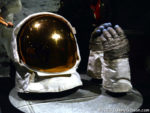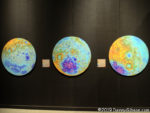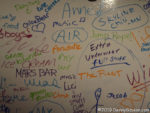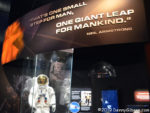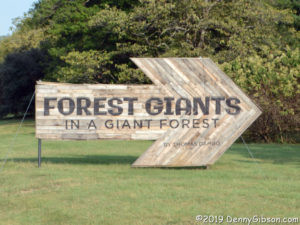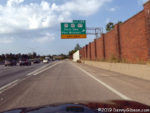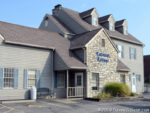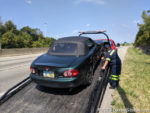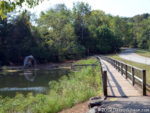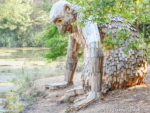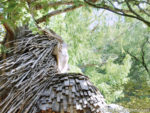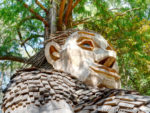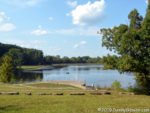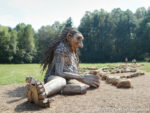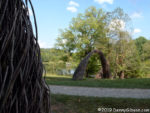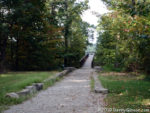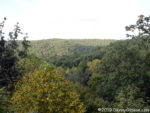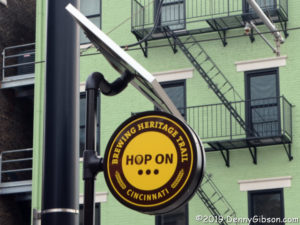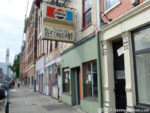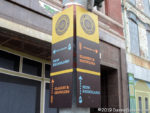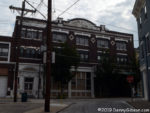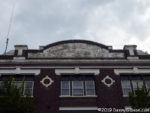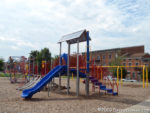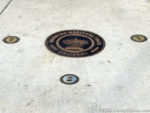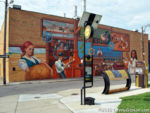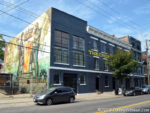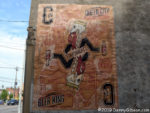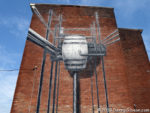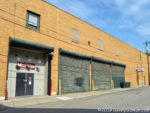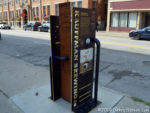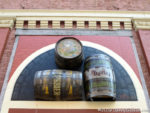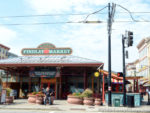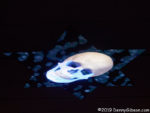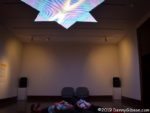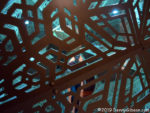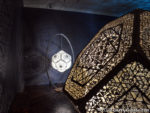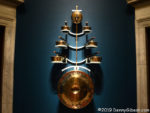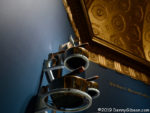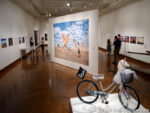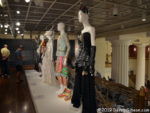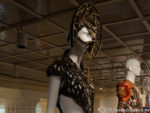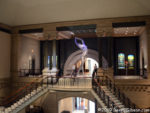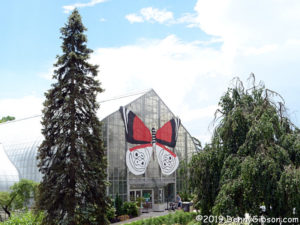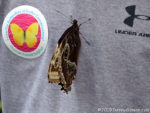Concerts, museums, festivals, and parades have all made frequent appearances in this blog but not lately. They have all been impacted by the COVID-19 shutdown. I”ve tried to keep my concert cravings in check by watching online live streams and even did a post about it back in the early days of the quasi-quarantine. The closest a museum has come to being the subject of a post in the last several months is when I covered the new stairs at the closed Cincinnati Art Museum. Until today.
The Cincinnati Art Museum opened to members on June 18th and to the public two days later. Parts of the Cincinnati Museum Center will be open to members on July 10 and to the public on the 17th. The American Sign Museum allowed members in on July 1 and will open to the public on Wednesday, July 8. Preceding a general opening with a members-only “soft opening” isn’t the only thing these three have in common. All will operate at reduced capacity enforced by advance reservations. Employees and visitors will be screened for high temperatures. All employees will wear masks and masks will be required for all visitors to the Sign Museum. The other two stress the wisdom of wearing masks and ask that visitors comply but apparently won’t actually require it. Hopefully, anyone not wearing a mask will be glared at intensely until they at least start smoldering.
Almost as soon as I heard of the Sign Museum’s opening, I went online to make my reservation. I had expected to be asked to pick a day and time but was simply assigned the first slot on the first day. That was just fine with me but I’m guessing a phone call is required if a specific time and date is needed. Before entering, I stepped out front to get a look at the recently added Burma-Shave style signs. Here is the font-appropriate finale. The big letters atop the building were rescued from Cincinnati Gardens just ahead of its 2018 demolition. The ‘S’ was moved and three lower case letters added to make the perfect sign museum topper.
Once inside, it was scan, scan, scan. My temperature was checked with a forehead scan, my ticket was scanned on my phone, and I scanned a QR code for the self-guided tour. The free live tours have been temporarily halted to help maintain social distancing. I’d never tried the audio tour and figured I should since the live tour I always recommend won’t be available for a while. The audio tour is accessed through a smartphone by scanning the QR code or entering the URL. It then plays through the phone (earphones recommended) and is controlled (start, stop, etc.) through it. I was quite impressed and will have no qualms about recommending it in lieu of a live expert. With or without a guide, I almost always find something new when I visit although sometimes it’s something that’s been there since day one and I’d just not noticed. These signs on the floor were definitely new. They are placed throughout the museum as reminders about social distancing and to provide visual hints as to just how far six feet is.
Of course, all the old favorites are still there. The audio tour talks about the history of signs just like a live guide would and describes many of the more interesting signs on display. It doesn’t cover every detail of every sign and that’s just like a live guide, too. Exploring and reading on your own is part of the fun. The audio tour does come up short when it comes to answering questions but the folks at the front desk and roaming staff members are happy to do that.
A favorite spot of mine is this workshop area which is usually open with contents constantly changing. Some signs leave here to return to their proper homes in the wild while others are on their way to be displayed in the museum. The big camera, a highlight of my day, is one of the latter. A lot of space remains unfilled in the building housing the museum and a major expansion is in the works. As told here, the neon trimmed Pentax, complete with working flash, will be part of that expansion.
As I mentioned, I sometimes think something is new when it isn’t but I’m pretty confident that both of these items are recent additions. The “color chart” was once used by Cincinnati’s Holthaus-Lackner Signs who donated it. I’m absolutely certain that the neon sculpture is new because I watched the comment card being taped to the window as I approached. For any who miss the Dan Aykroyd connection, there’s this. The Neonworks sign shop can be glimpsed in the background of both of these photos. Guided weekday tours usually included a visit inside the shop. Those visits are on hold along with the tours but you can still watch through the windows.
 Before leaving, I made a pass through the gift shop where I spotted this book by a couple of friends in Oklahoma. I then posted a picture similar to this one to a Route 66 Facebook group. It has received about fifty reactions (including from one of the authors) but no comments. I really expected someone to jump all over the Kentucky tagged items on the left and those on the right tagged Ohio. Route 66 ran through eight states that are listed on an out of frame sign, and neither Kentucky nor Ohio is among them. Those two states do, however, supply the majority of museum visitors and gift shop customers. There is a Stanley Marsh 3 (the Cadillac Ranch guy) sign on the cover of the book that reads “ART IS WHAT YOU CAN GET AWAY WITH”. Clearly, those candles are art.
Before leaving, I made a pass through the gift shop where I spotted this book by a couple of friends in Oklahoma. I then posted a picture similar to this one to a Route 66 Facebook group. It has received about fifty reactions (including from one of the authors) but no comments. I really expected someone to jump all over the Kentucky tagged items on the left and those on the right tagged Ohio. Route 66 ran through eight states that are listed on an out of frame sign, and neither Kentucky nor Ohio is among them. Those two states do, however, supply the majority of museum visitors and gift shop customers. There is a Stanley Marsh 3 (the Cadillac Ranch guy) sign on the cover of the book that reads “ART IS WHAT YOU CAN GET AWAY WITH”. Clearly, those candles are art.


